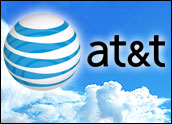
AT&T on Tuesday announced plans to add more public WiFi hotspots in major markets.
It has already put one in San Francisco’s downtown Embarcadero Center. The wireless giant will also expand its existing Times Square WiFi hot zone and add new ones near Rockefeller Center and St. Patrick’s Cathedral in New York City.
These moves follow pilot installations of hotspots in different cities in the United States.
The additional WiFi zones will allow AT&T wireless subscribers in the immediate area to access high-speed Internet services through their mobile devices. However, adding new WiFi hot zones may be akin to applying a Band-Aid to a much larger problem — user dissatisfaction over AT&T’s wireless service and competition from an iPhone expected to be offered on Verizon Wireless’ network next year.
Hot, Hot, Hot
The addition of AT&T’s new WiFi hotspots follows a pilot project to use WiFi to supplement mobile broadband in areas with consistently high demand.
Earlier this year, the carrier deployed hotspots in Times Square; downtown Charlotte, N.C.; and Chicago’s Wrigleyville neighborhood, which is home to Wrigley Field.
AT&T customers made more than 350,000 connections at these three hot zones, AT&T claims.
WiFi only supports data, not voice. To use the services, AT&T customers must subscribe to a smartphone data plan, AT&T’s LaptopConnect wireless USB service or the carrier’s landline broadband service.
Supplementing Mobile Broadband
Offering WiFi to supplement AT&T’s cellular mobile data network could alleviate the connection problems of some customers who want to access high-bandwidth services, such as streaming videos or movies.
Customers with a home broadband or wireless data plan can access the AT&T WiFi hotspots for free.
The availability of free WiFi connections may offload some of the traffic from AT&T’s cellular wireless network, which in turn might free up bandwidth for voice calls. Customers, mainly iPhone users, have complained vociferously about what they see as a lack of bandwidth and service, leading to dropped or failed calls on the AT&T network. Some customers have made up their minds to switch to Verizon as soon as that carrier gets an iPhone, which could happen early next year.
“Our WiFi hot zones are part of our ongoing effort to provide seamless connectivity for customers across our networks — WiFi, wireless and wired broadband — and is an added service and benefit,” AT&T spokesperson Steven Schwadron told the E-Commerce Times.
AT&T’s focusing first on areas with heavy mobile broadband usage, such as the San Francisco Bay Area.
“It’s about time,” Laura DiDio, principal at ITIC, who uses both an iPhone and an iPad, told the E-Commerce Times. “One of the most bitter complaints among [iPhone] users is that their phone either goes dead or there’s no wireless service in some areas,” she added.
“This is a cheap and easy way to get bandwidth off the network,” Carl Howe, director of anywhere consumer research at the Yankee Group, told the E-Commerce Times. “We think it’s a good idea.”
Battening Down the Hatches
Regarding AT&T’s wireless network, “There’s lots of room for improvement,” ITIC’s DiDio said. “I can’t wait until the iPhone is on Verizon because Verizon has better coverage than AT&T.”
Earlier this year, Townhall Investment Research reportedly estimated AT&T would need to spend about US$5 billion on its wireless network to catch up with the coverage offered by Verizon Wireless.
However, the problem’s partly due to high bandwidth usage by iPhone users, particularly in the San Francisco Bay Area and New York. Apparently, since the device’s release, iPhone owners have consistently downloaded far more high-bandwidth applications, such as streaming video, than owners of other products, although a recent study indicates that more recently Android users have nudged into first place.
That’s no consolation to users like ITIC’s DiDio. “Adding more WiFi hot zones is a good start, but AT&T has to do better with voice communications,” she said.
Security and Other Issues
Getting onto a WiFi hot zone may be a problem. Depending on how a particular iPhone’s settings are configured, the user may need to manually choose a WiFi network each time he or she walks into a new zone.
Perhaps auto-authentication may solve the problem. AT&T said many of its most popular smartphones support auto-authentication at its WiFi hot spots.
“We’ve suggested AT&T do more auto-authentication of WiFi,” the Yankee Group’s Howe said.
Relying on WiFi networks for data could also cause some users to connect with imposter networks rather than AT&T’s trusted services. However, ITIC’s DiDio thinks the dangers of being hacked are exaggerated.
“Nothing’s hack-proof these days. That’s one of the dangers of doing business,” DiDio pointed out.
“We’ve kept online security as a top priority,” AT&T spokesperson Schwadron said. “Our WiFi service supports virtual private networking and personal firewalls.”
























































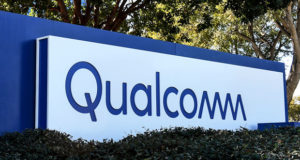


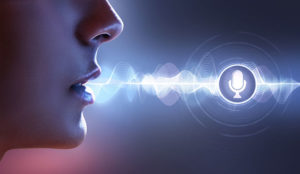




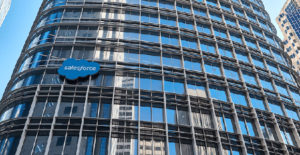
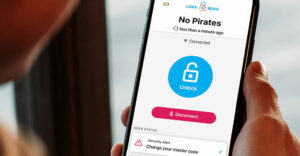











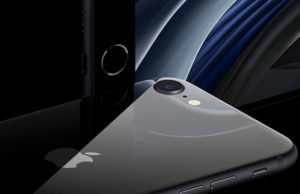

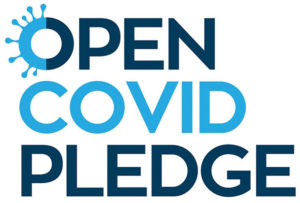
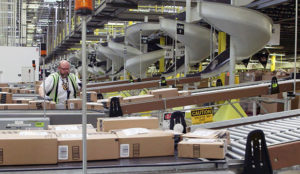


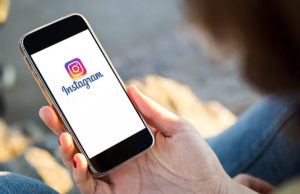



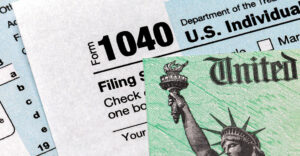






I appreciate you trying to entertain us all with the up-to-date news, but you are dead wrong on a few issues starting with, "wifi not being able to support voice."
You need to do your research my friend before you exhaust an audience with seemingly new information. Further, AT&T has the most reliable network PERIOD. I’m a VZ customer and definitely believe that VZ doesn’t have problems like AT&T does because they don’t have an iPhone. 40% of ALL the data used for AT&T comes from 2% of the TOTAL iPhone users. And this is primarily a problem in congested areas… Exactly where mesh WiFi networks come into play.
And the speeds available on these mesh WiFi networks is incredible. No more having to stay in a corner of a cafe, crammed with others, to jump onto WiFi. Large cities are going to get blanketed with WiFi here shortly.
Check out Ruckus Wireless news and what companies like Towerstream (TWER) are capable of doing with WiFi… Think you should!